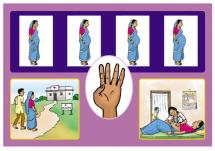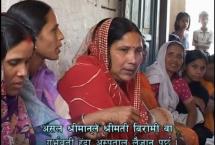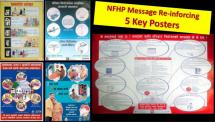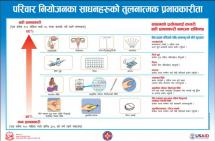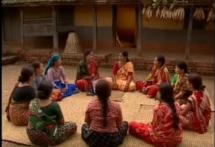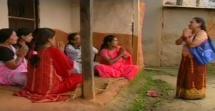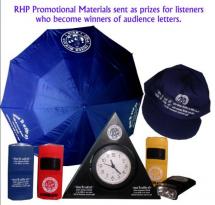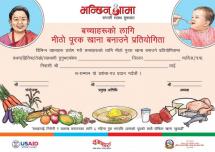Discussion Posters
The Nepal Family Health Program (NFHP-I) was a six-year (2002-2007) bilateral activity of United States Agency for International Development, Nepal (USAID/N) with the Government of Nepal. Its overall goal was to support the Government’s long-term goal of reducing fertility and under-five mortality within the context of the National Health Policy and Second Long-Term Health Plan 1997-2017.
Under the Group Health Education and Communication Program, a set of discussion posters was developed, corresponding with the modules messages on maternal and neo-natal health, child health and family planning. These were used by the facilitators (FCHVs) as a topic and message guide while conducting their regular mother’s group and monthly group meetings. The materials were also used by other rural group facilitators who conduct health education session as a part of their work.
Source: Johns Hopkins Bloomberg School of Public Health/ Center for Communication Programs
Date of Publication: December 11, 2019
SIMILIAR RESOURCES
Tools
Examples
- Family Planning Counselling Kit
- Suaahara Training Guidelines and Participant Handbooks
- Men's Reproductive Health Curriculum
- The Infection Control Symbol Package
- Community Communication MNCH e-Manual: Participatory Health Promotion Sessions
- Promoting Quality Malaria Medicine through Social and Behavior Change Communication
- SBCC for Malaria in Pregnancy: Strategy Development Guidance
- Training Resource for Male Condoms
- Suaahara Health Facility Operation and Management Committee Capacity Building Training and Operation Guidelines
- The Future of Malaria Social and Behavior Change Communication

